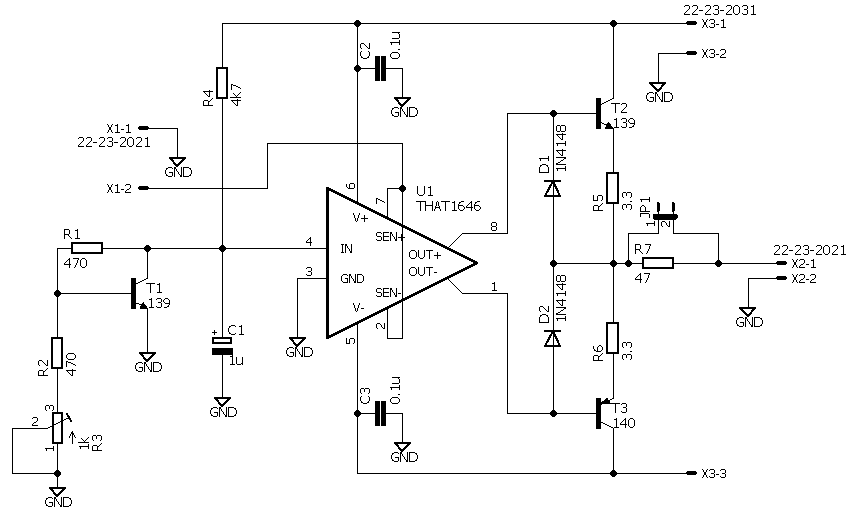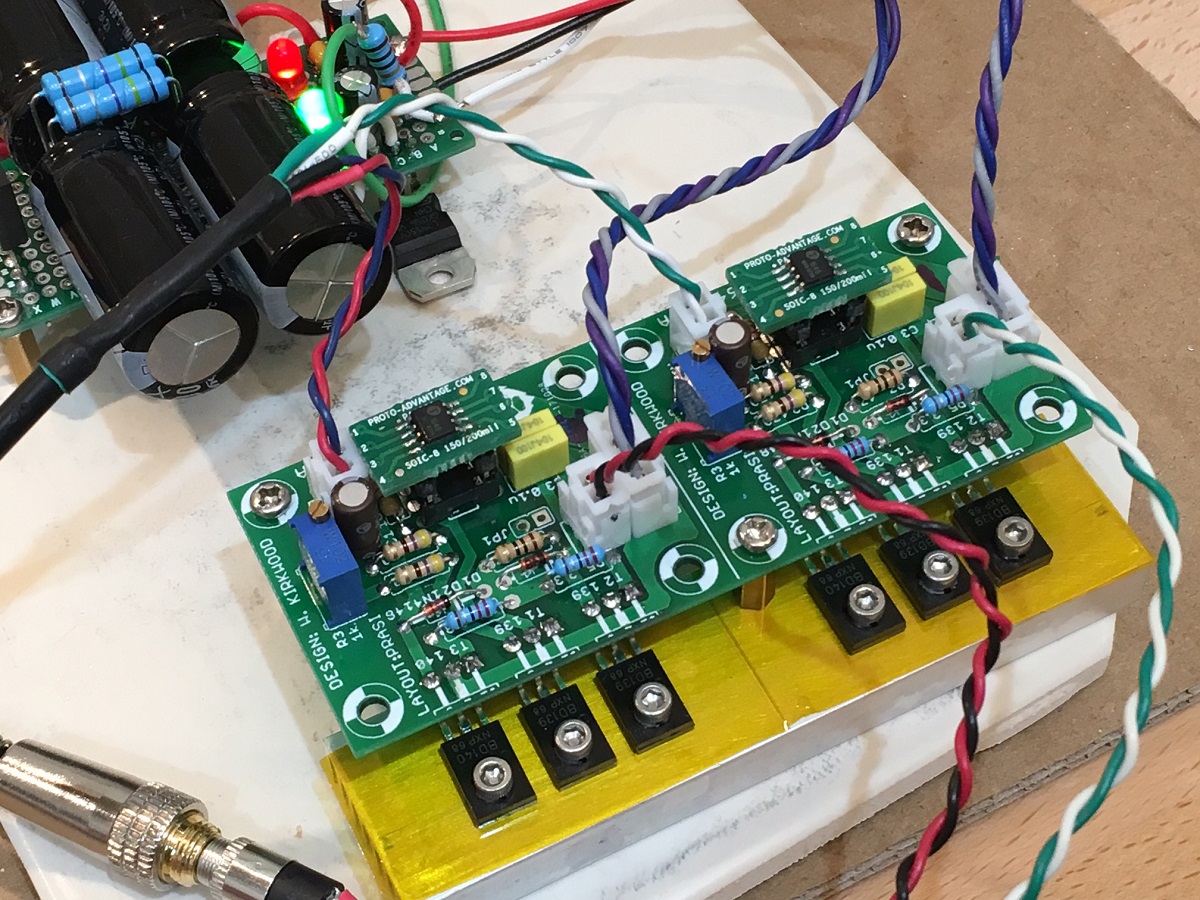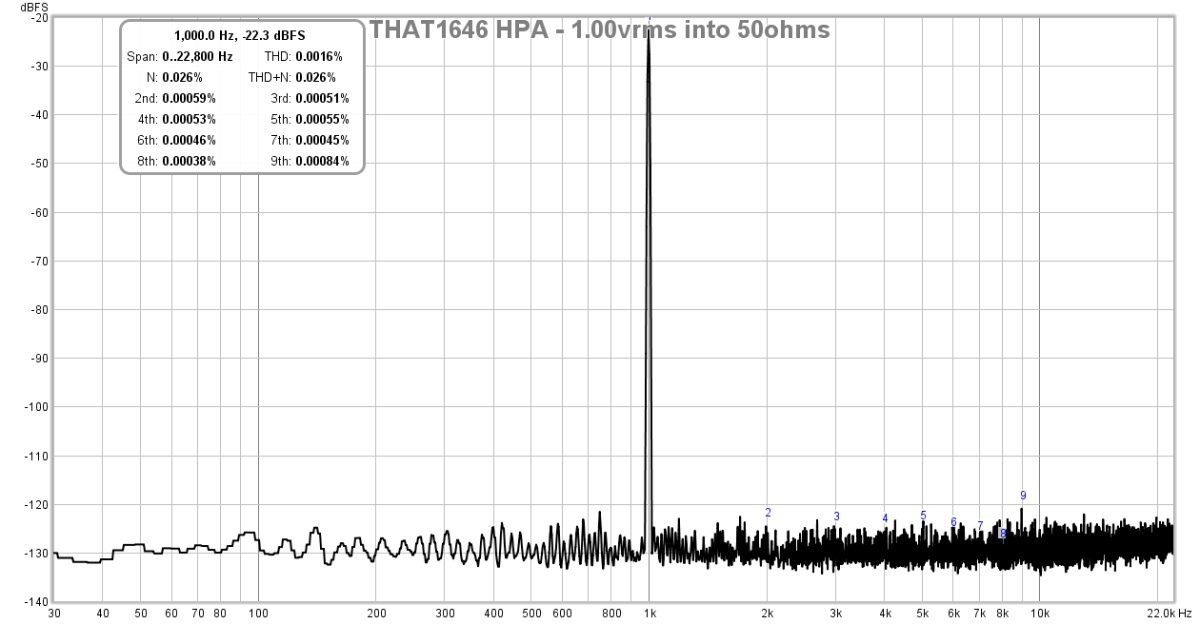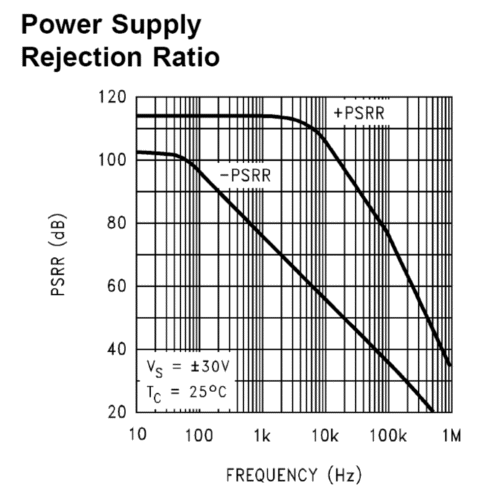Hi all. the wealth of info on various DIY audio forums drove me down the DIY path instead of the expensive gear path and its been amazing so far. I was lucky enough to realise spending hundreds/thousands on gear doesnt guarantee you'll find that sound you truly love. building and tuning something yourself to sound like your definition of amazing is the right way, and the feeling of doing it yourself excells anything an over-priced piece of gear will offer
I built this headphone amp which you can find it on this site.
Initially I was just really happy that it worked when I flicked the switch but I soon realised it didnt sound amazing, not bad but not great either.
Firstly I tried changing up the op amp to an LM4562, this refined the signature a lot but it was still the same sloppy amp.
Today I upgraded the 4700uf caps to good 8000uf caps taken from an old pioneer amp... all i can say is holy ****! from the minor improvements I got from the op amp what could a couple of power supply caps do? the answer: a lot!
The amp is finally alive, but I feel like I've barely scratched the surface of its potential.
I have a nice collection of polystyrene caps left over from building this amp, and also some electrolytics
Im not very knowledgeable on the electronics side of things so Im looking for advice on how (and if) I should add these to the circuit... in parallel with current caps or in series? etc.
Im also wondering about the power transistors, currently BD139s. for such a simple amp this is really the only part left un-upgraded from the original design.
Should I upgrade these?
I built this headphone amp which you can find it on this site.
Initially I was just really happy that it worked when I flicked the switch but I soon realised it didnt sound amazing, not bad but not great either.
Firstly I tried changing up the op amp to an LM4562, this refined the signature a lot but it was still the same sloppy amp.
Today I upgraded the 4700uf caps to good 8000uf caps taken from an old pioneer amp... all i can say is holy ****! from the minor improvements I got from the op amp what could a couple of power supply caps do? the answer: a lot!
The amp is finally alive, but I feel like I've barely scratched the surface of its potential.
I have a nice collection of polystyrene caps left over from building this amp, and also some electrolytics
Im not very knowledgeable on the electronics side of things so Im looking for advice on how (and if) I should add these to the circuit... in parallel with current caps or in series? etc.
Im also wondering about the power transistors, currently BD139s. for such a simple amp this is really the only part left un-upgraded from the original design.
Should I upgrade these?
Last edited:
After all that hassle to post in the power amplifier forum, we do have a separate headphone systems forum here:
http://www.diyaudio.com/forums/headphone-systems/
Hmm....ancient, massive overkill 8,000uF electrolytics for the power supply of an amp. with a tiny output? This seems like an act that that will be hard to repeat or for others to verify. Best see if you can replicate the sound with new parts too as those old used ones you have chosen probably won't remain in the form you like, for any significant period of time.
http://www.diyaudio.com/forums/headphone-systems/
Hmm....ancient, massive overkill 8,000uF electrolytics for the power supply of an amp. with a tiny output? This seems like an act that that will be hard to repeat or for others to verify. Best see if you can replicate the sound with new parts too as those old used ones you have chosen probably won't remain in the form you like, for any significant period of time.
Last edited:
See post#1 for the schematic.
As long as you are adding capacitors, I would surely try and add a 4.7uf electrolytic between +/- on the op amps.
I don't think the 8,000uf is total overkill, but now that you've experienced the results, it may be a good idea to shop for some newer parts for sure.
As long as you are adding capacitors, I would surely try and add a 4.7uf electrolytic between +/- on the op amps.
I don't think the 8,000uf is total overkill, but now that you've experienced the results, it may be a good idea to shop for some newer parts for sure.
BD139 is a fine output transistor for a HP amp. Try making a push pull with BD140 and use a better IC driver chip. I built this one by Wayne Kirkwood and it rmains the lowest distortion amp I have made or tested. There is also a nice design by ESP that uses BD139/140.
Simple Class A Headphone Amp Using THAT1646
Here is the Kirkwood HPA:

You don’t need big caps or better BJTs. It’s all in the design and implementation.

FFT:

Simple Class A Headphone Amp Using THAT1646
Here is the Kirkwood HPA:
You don’t need big caps or better BJTs. It’s all in the design and implementation.
FFT:
See post#1 for the schematic.
As long as you are adding capacitors, I would surely try and add a 4.7uf electrolytic between +/- on the op amps.
I don't think the 8,000uf is total overkill, but now that you've experienced the results, it may be a good idea to shop for some newer parts for sure.
Thanks, I will add that cap. When reading about the op amps I noticed some of the more exotic ones can need a cap to stop oscillation, so that should keep whatever I put it in it happy.
The amp is finally alive, but I feel like I've barely scratched the surface of its potential.
opamps have higher PSRR than tube circuits, but still can be affected by crap powersupply.
ideal psu-has zero impedance across whole frequency range.
this is not doable with just few wet capacitors.
wet caps are good maybe up to 1khz, foil caps are much better, stable params.
you "smoothened your power rails with 1000grit sandpaper", but you may try some more.

Last edited:
sorry for my lack of knowledge but what exactly does it help with? are these measured or audible differences (or both)?I wouldn't recommend going without a .01 to .1uf to ground on each rail as well, but the smaller electrolytic part from rail to rail has helped when I had used the lme49720/4556. This was in addition to 47uf parts nearby.
yes I doubt they chose they large electrolytic caps for any reason other than cost reduction.opamps have higher PSRR than tube circuits, but still can be affected by crap powersupply.
ideal psu-has zero impedance across whole frequency range.
this is not doable with just few wet capacitors.
wet caps are good maybe up to 1khz, foil caps are much better, stable params.
you "smoothened your power rails with 1000grit sandpaper", but you may try some more.

just by ear alone I can tell the amp performs imuch worse in the HF but it does sound good, could the current caps be contributing to the smooth/rich sound?
So I just discovered that film caps barely exist above 100uf, over 1uf they are available but very expensive.wet caps are good maybe up to 1khz, foil caps are much better, stable params.
Is the capacitance a concern here? would 10uf of film caps per channel be enough to smooth above 1Khz?
Most film caps of that size are going to be too large, have inductance.
There are some smaller Wima MKS4 that are about the smallest film cap that I have seen for through hole mounting.
nice, these are available locally and arent too expensive.
So Ill add an 4.7uf rail to rail near the op amp and an additional 0.1uf on each rail. Would you suggest anymore? Ill still have lots of room on the PCB.
Im also wondering about the replacing the vintage 8000uf with 2 4700uf (buy another 4700uf and reinstall the 4700uf that I removed), would this be ok or would I be better with one?
I see, no need to buy anymore then. thanks for the help.The higher fequency smoothing is accomplished with the tiny(.01 - .1uf) bypasses that are located as close as possible to the load.
I also had another question that I was going to make a thread about but I suppose I may aswell ask here first.
I had already swapped the NE5532 for an LM4562 with good results but when I tried putting in an AD8066 there was some problems. There was a loud buzzing when the volume pot was at zero, also the pops you get when connecting headphones were extremely loud... is there any explanation for this? it seems to be working ok otherwise but these problems make it unusable
You will need to do a bit of research on data-sheets and details of op-amps before blindly stuffing different parts in!
The AD8066 is a very fast amplifier specified for video NOT audio and has a maximum supply rating of 24V or +-12v.
It was almost certainly oscillating like crazy and might have blown up depending on the rail voltages in your circuit.
The AD8066 is a very fast amplifier specified for video NOT audio and has a maximum supply rating of 24V or +-12v.
It was almost certainly oscillating like crazy and might have blown up depending on the rail voltages in your circuit.
- Status
- This old topic is closed. If you want to reopen this topic, contact a moderator using the "Report Post" button.
- Home
- Amplifiers
- Headphone Systems
- adding more caps to my headphone amp? upgrade transistor?
 moved to Headphone Systems
moved to Headphone Systems